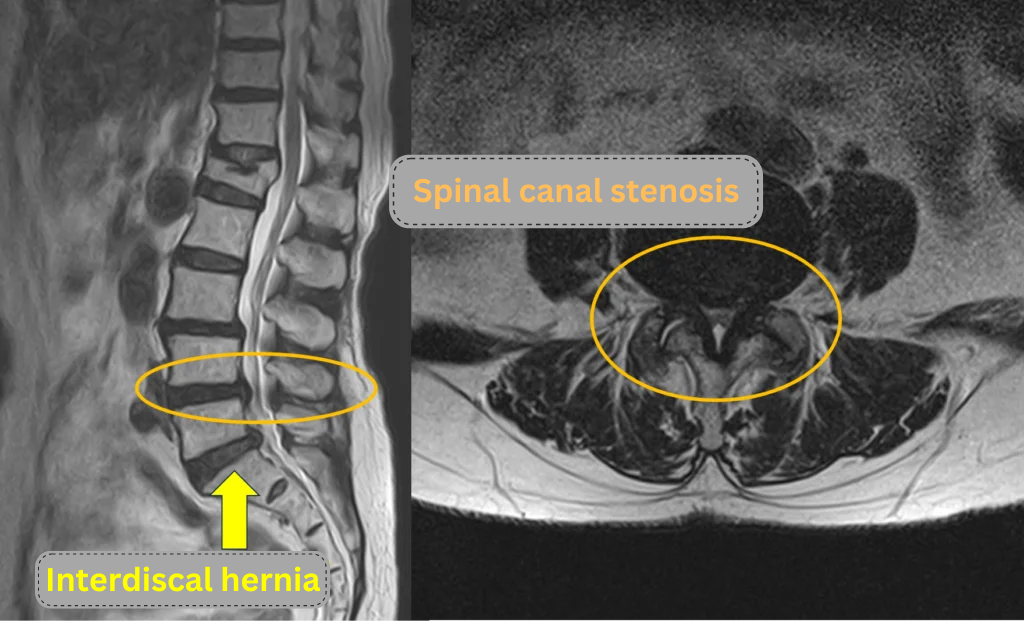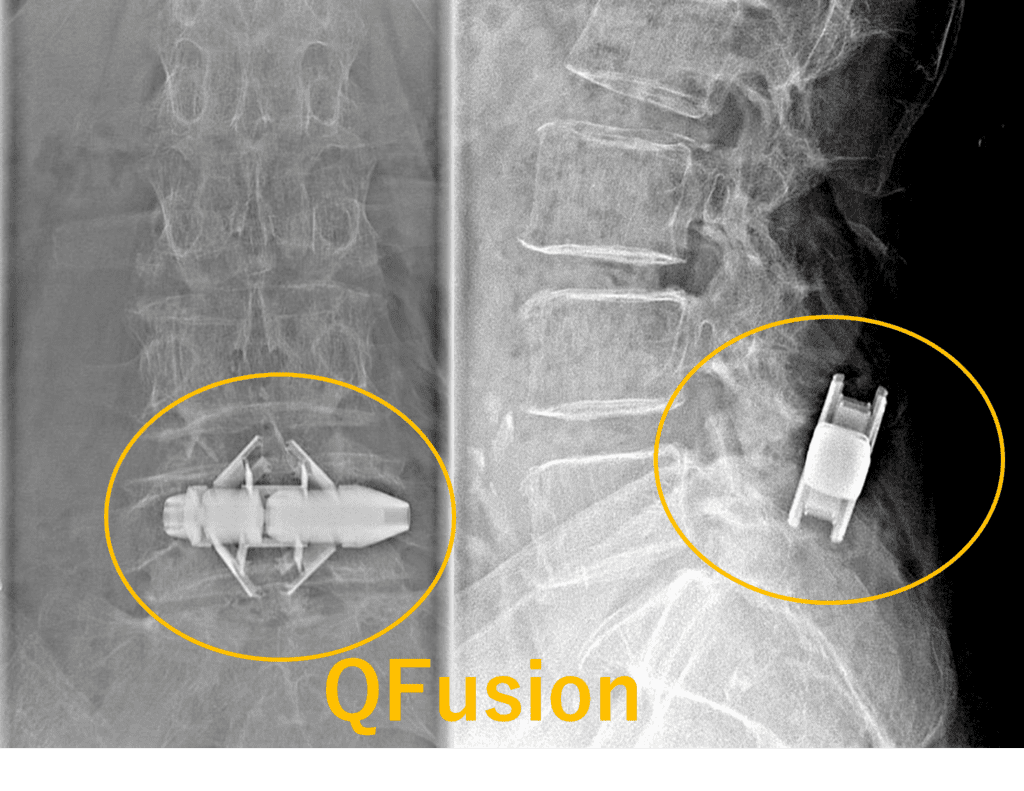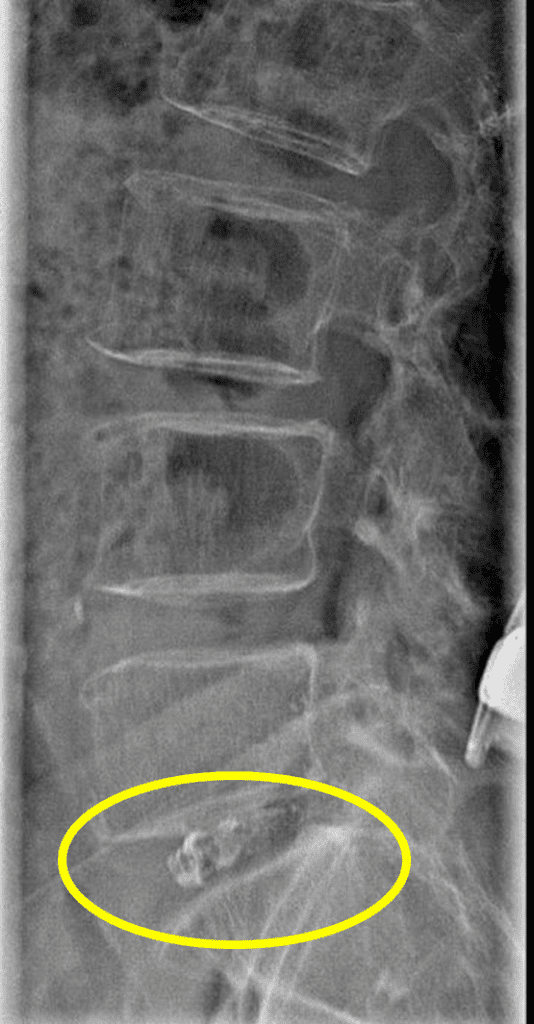Column Treatment Case Report No.34 (Q-Florence method)|ILC International Low Back Pain Clinic (Osaka) Column
July,04, 2024
The patient
A female patient in her 70s
Main diagnosis
Spinal canal stenosis in L4/5
Intermittent claudication: present
Patient’s medical history to date
She’s had numbness for about a year, but it worsened from this year on.
Oral medication provided little pain relief. Applying pain patches provided some relief.
Two weeks ago, the pain and numbness suddenly became stronger
She came to our clinic for improvement of her symptoms because walking had become too difficult.
Symptoms prior to treatment
Numbness in the outer side of the right thigh and on the sole of the foot, as well as pain in the right buttock
Recently, she has been experiencing severe pain when she touches her right knee.
The symptoms disappear when sitting down.
・Pain levels before treatment
| Lower back | Lower limbs | Numbness | Buttocks | |
|---|---|---|---|---|
| Pain level | 5 | 7 | 9 | 8 |
No pain at all is rated as 0, and 10 as the maximum possible pain.
Main areas of pain: lower back, lower limbs

Forward bending: No problem
Backward bending: Painful
Pressure points: Right L3/4 positive, L4/5 in the buttocks, L5/s in the lower limbs
Lassegue test: Positive at 70 degrees on the right side
Coughing and sneezing: no pain
Images and findings

- L1-Old compression fracture
- L4/5 – Severe spinal canal stenosis
- L5/S-Disc herniation
- L3, L4 – Spondylolisthesis
The above is confirmed by the imaging.
・There is a high probability that the main symptoms are caused by spinal canal stenosis in L4/5 and herniated discs in L5/s.
Treatment
After consulting with the patient, the Q-Florence method was performed between the spinous processes of L4/5.
After that, the Cellgel method was performed on L5/S.


The treatment took about 85 minutes (30 minutes for anesthesia + 55 minutes for treatment).
After resting in the recovery room, since the patient had no problem sitting, standing and walking, she was able to walk home by herself.
After taking a rest in the recovery room, since the patient was able to sit, stand, and walk without any problems, she was able to walk home on her own.
Our clinic’s treatment method
Additional information about the Q-Florence method we have just presented above.
Cost of the Q Florence method: 1,600,000 yen/one site (including tax) to 2,300,000 yen/two sites (including tax)
Cost for this patient’s case: Q Florence method 1 site = 1,600,000 yen (including tax)
Risks and side effects of the Q-Florence method: Although there are no reports of such cases in our own experience or in the literature, there is a possibility of damage to nerves, dura mater, and other surrounding tissues due to insertion of the spacer. There is a very small possibility of allergic reaction to the local anesthetic. There is a possibility of dislocation or fracture of the spinous process. Temporary urinary problems and allergic reactions may also occur.
For more detailed information, please refer to the following links:
Blog article explaining the Cellgel method in an easy-to-understand manner
Our clinic’s page about the Q-Florence Method
Blog article explaining the Q-Florence method in an easy-to-understand manner
Our clinic’s page about the Q-Florence Method (in Japanese)
This article was written by the Administrative Director of the Clinic
この記事の執筆者:理事長



